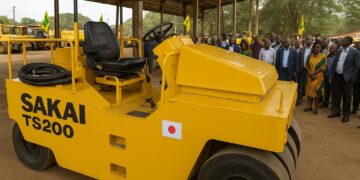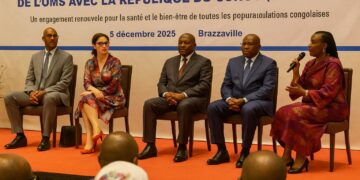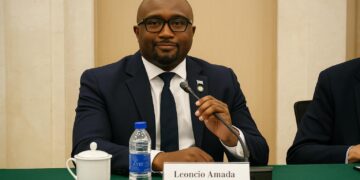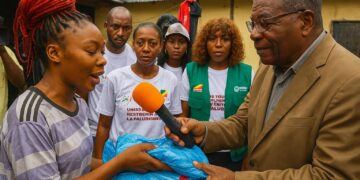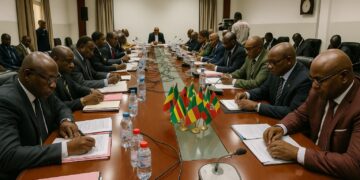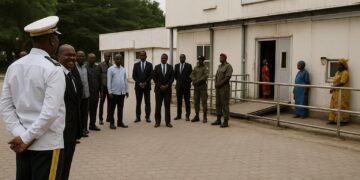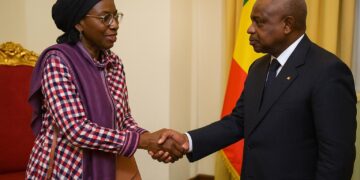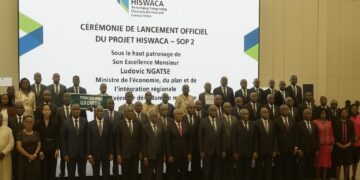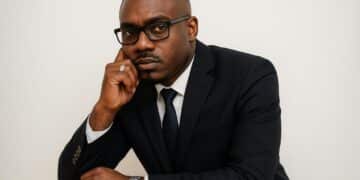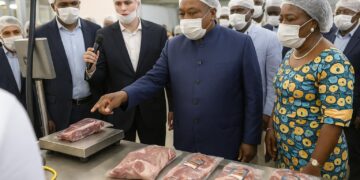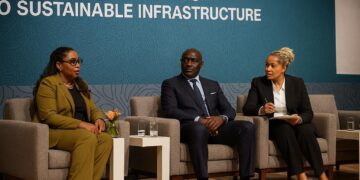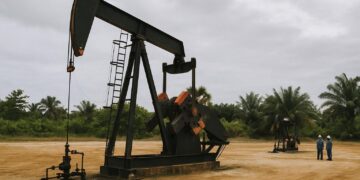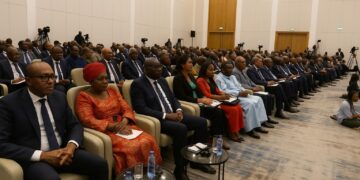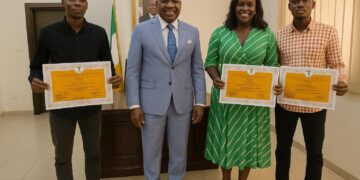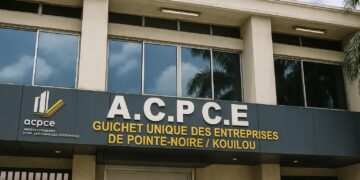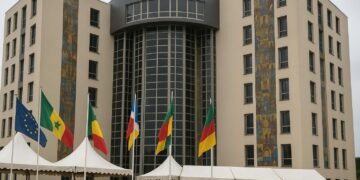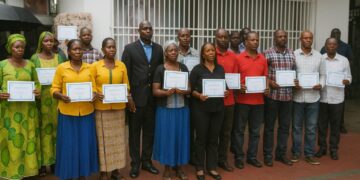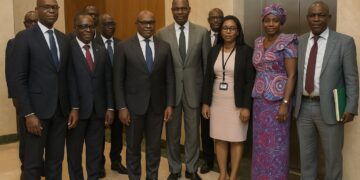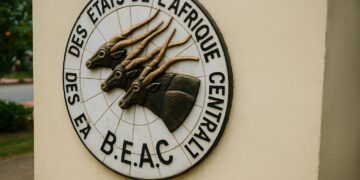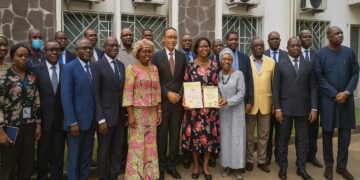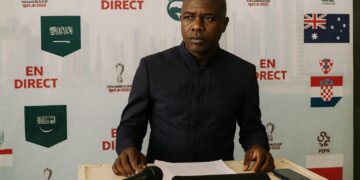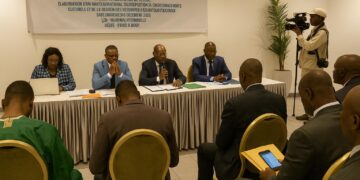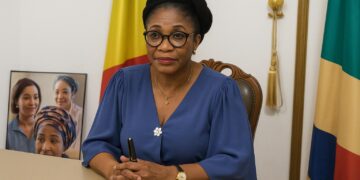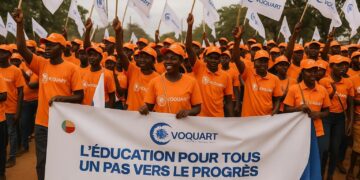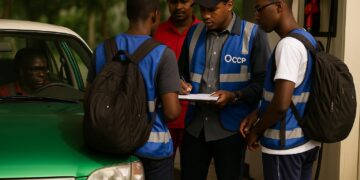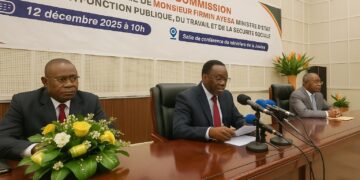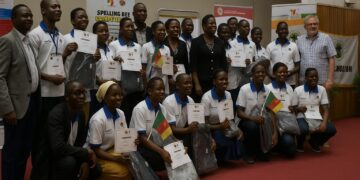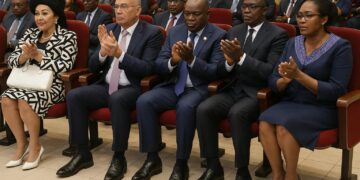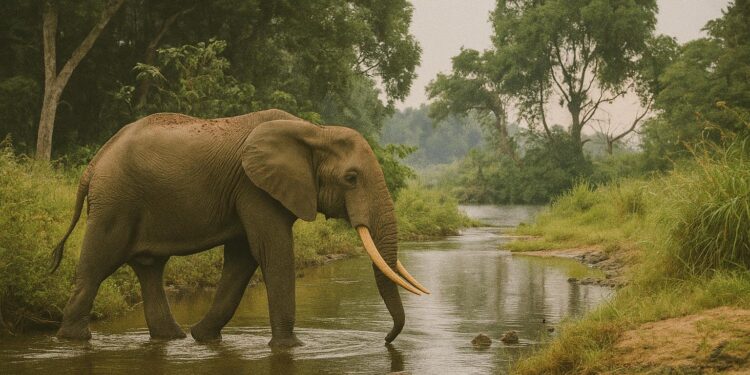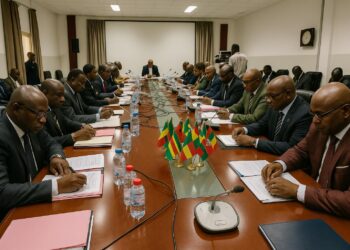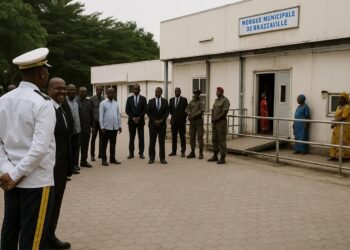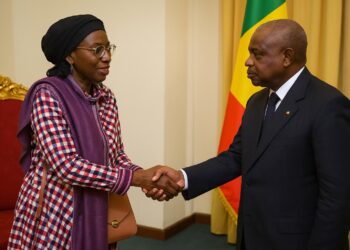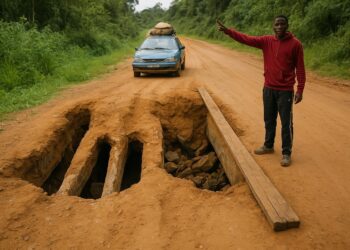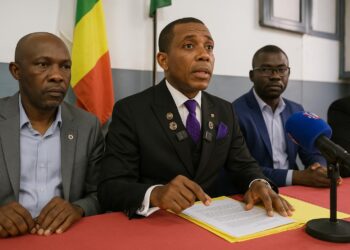Riverine Crossroads Shaping a Strategic Capital
Few African cities illustrate the strategic value of geography as vividly as Brazzaville. Anchored on the north bank of the mighty Congo River, the capital faces Kinshasa across a mere four kilometres of water, forming the world’s closest pair of national capitals and an enduring symbol of transboundary interdependence. From the river’s port facilities to the new Corniche road and Maya-Maya airport extensions, recent infrastructure upgrades have reinforced Brazzaville’s role as a logistical hinge between Atlantic seaports and the land-locked interiors of Central Africa (World Bank 2023).
Beyond commerce, the river sets the stage for diplomacy. The city regularly hosts summits of the Economic Community of Central African States, underscoring Congo-Brazzaville’s vocation as a convener in a neighbourhood that prizes dialogue over confrontation. That posture aligns with President Denis Sassou Nguesso’s long-standing emphasis on mediation, whether in the Central African Republic or, more recently, climate negotiations that require collective stewardship of the Congo Basin.
Rainforest Stewardship Driving Global Climate Conversations
Covering roughly 65 percent of national territory, the Congolese rainforest forms the planet’s second-largest tropical carbon sink after the Amazon (UN-REDD 2022). Odzala-Kokoua, Nouabalé-Ndoki and Conkouati-Douli National Parks constitute biodiversity hotspots where western lowland gorillas, forest elephants and over 400 bird species thrive. Policy makers have converted this ecological endowment into diplomatic currency by championing the Tri-National de la Sangha biosphere reserve with neighbours Cameroon and the Central African Republic, a project hailed by UNESCO for its model of cross-border conservation.
At COP 27 in Sharm el-Sheikh the Republic of the Congo joined Gabon and the Democratic Republic of the Congo in launching a joint carbon market initiative designed to monetise avoided deforestation while preserving community rights. International partners such as the Central African Forest Initiative have pledged performance-based finance, and Brazzaville’s Ministry of the Environment has begun piloting satellite-based monitoring to curb illegal logging. These moves situate the country as an indispensable interlocutor in the global climate architecture.
Hydrocarbon Revenues and the Pursuit of Diversification
Oil remains the principal engine of the Congolese economy, representing close to 80 percent of export earnings and one third of gross domestic product according to the IMF’s 2023 Article IV consultation. New offshore discoveries in the Marine XXI block reinforce the sector’s primacy. Yet authorities are acutely aware of price volatility. The National Development Plan 2022-2026 therefore allocates 40 percent of public investment to agriculture, special economic zones and fibre-optic corridors, signalling intent to loosen hydrocarbons’ grip on fiscal health.
Petro-Congo, the state-owned company, has partnered with international operators to embed local content clauses, while the recently operational Maloukou gas-fired plant near Pointe-Noire illustrates efforts to transform associated gas into domestic power. By channelling part of crude revenues into infrastructure that benefits non-oil sectors, planners hope to replicate the virtuous cycles observed in other resource-rich middle-income economies.
Macroeconomic Recalibration and Debt Diplomacy
The 2014 oil price shock exposed structural vulnerabilities and elevated the debt-to-GDP ratio above 110 percent at its peak. A subsequent restructuring negotiated with Beijing in 2019, followed by an Extended Credit Facility from the IMF, has brought the ratio below the 70-percent threshold while introducing fiscal rules that cap new borrowing. The government’s commitment to transparent debt reporting won praise from the African Development Bank, suggesting that lessons from past turbulence are being internalised.
Complementing external support, Brazzaville is deepening integration within the Central African Economic and Monetary Community. The adoption of a regional payment system denominated in CFA francs, coupled with ongoing customs-union reforms, aims to streamline trade corridors from the port of Pointe-Noire to Ndjamena and Bangui. Collectively, these measures seek to embed macroeconomic stability as a cornerstone of long-term investor confidence.
Cultural Continuity as an Instrument of Soft Power
Congolese rumba, inscribed by UNESCO as Intangible Cultural Heritage in 2021, resonates far beyond national frontiers, functioning as a nimble vehicle of soft power. Brazzaville’s recent Jazz Kif festival drew ensembles from Paris, Lagos and São Paulo, projecting an image of cosmopolitan vibrancy that counterbalances stereotypical narratives of conflict often associated with the region.
Linguistic pluralism amplifies this cultural diplomacy. French provides an anchor to the International Organisation of La Francophonie, while Lingala and Kikongo energise a growing pan-African creative industry. The government’s cultural policy framework, revised in 2022, earmarks tax incentives for film production and visual arts, recognising that diversification is as much about imagination as it is about macro-indices.
Ecotourism and the Promise of a Greener Growth Paradigm
Tourist arrivals remain modest—fewer than 200,000 visitors annually—but private lodges in Odzala report occupancy rates approaching 80 percent during peak seasons, suggesting an appetite for high-end, low-impact travel. The National Tourism Strategy envisages visa-on-arrival facilities for key markets and capacity-building for community conservancies to ensure local value capture.
Crucially, ecotourism intersects with blue-economy initiatives along the 170-kilometre Atlantic coastline, where mangrove restoration projects financed by the Green Climate Fund aim to protect fisheries while buffering coastal settlements against erosion. By weaving conservation, community livelihoods and climate resilience into a single tapestry, Congo-Brazzaville positions itself as an exemplar of holistic sustainable development in Central Africa.

